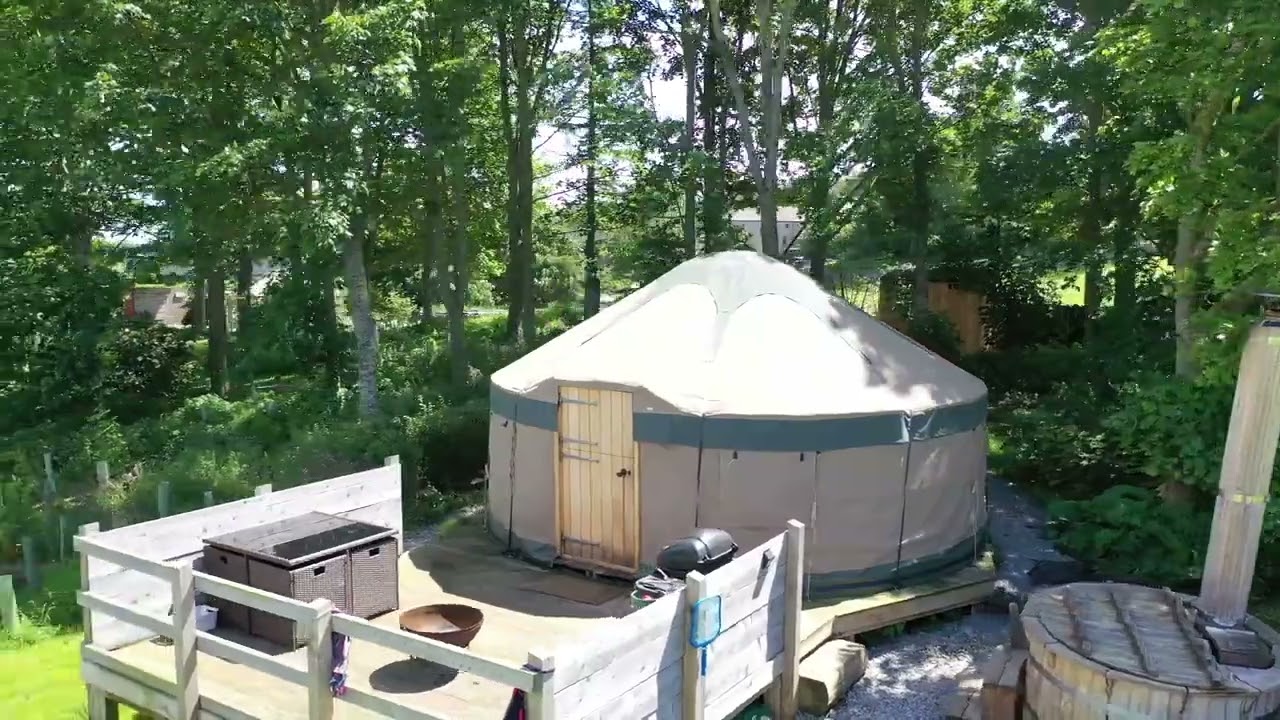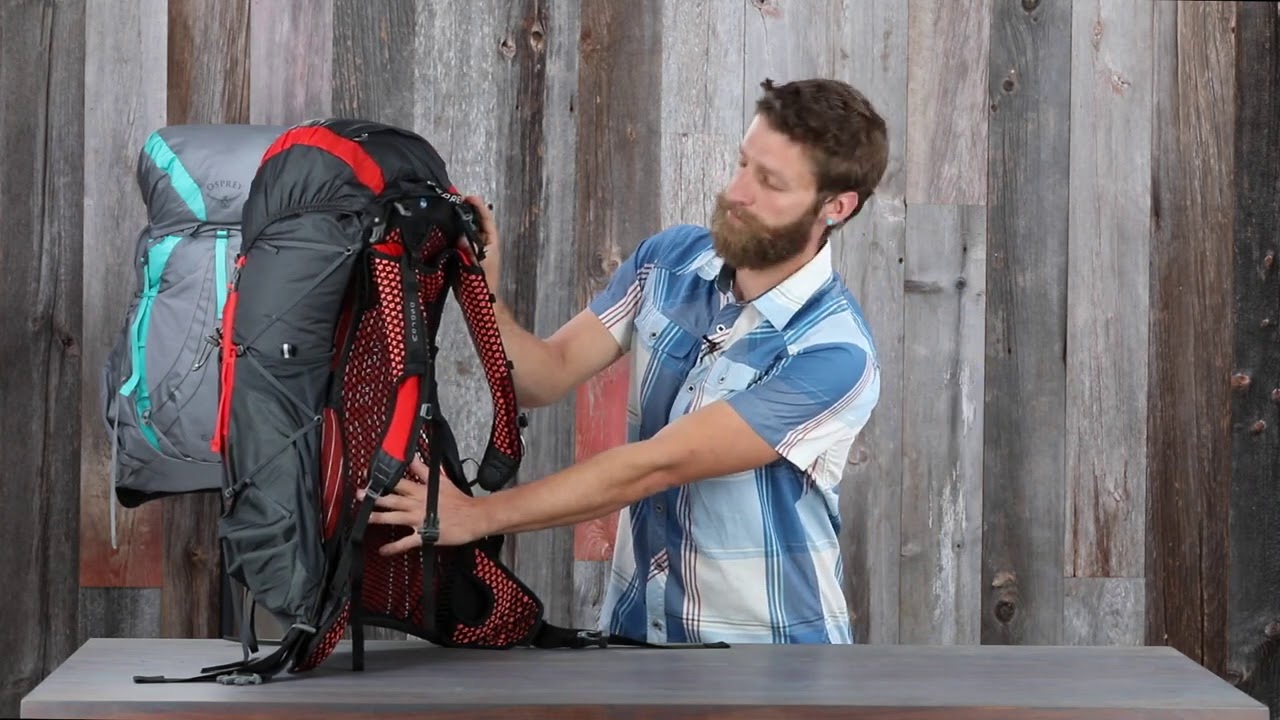When it comes to packing your camping backpack, organization is key. Lightweight items should be placed at the bottom of the backpack, where they won’t be accessed often. Next, pack your most important items in the middle. And don’t forget to pack your tent. You can use a storage pouch to keep your extra equipment close at hand.
Place heaviest gear in middle of main compartment
You’ll want to place the heaviest gear in the center of the main compartment of your camping backpack. This will give you easy access to food and water, and will prevent the backpack from becoming top-heavy. Other items to place in the center of the pack include toiletries, light clothing, and small lightweight items.
You should also keep the smaller items in the front pockets and the top lid of your camping backpack. You can also place electronics in hip belt pockets. These are perfect for storing batteries and other small devices. You can also place miscellaneous items in these pockets, and keep the larger items near the top of your pack.
If you’re not a backpacker, here are some tips for packing your backpack. First, don’t pack unnecessary items. Remember that you need to leave some room for a few important items. Second, make sure to use a good packing system. Light items should go in the bottom, moderate items on the outside, and heavy equipment should be placed on the top. Lastly, don’t forget about your clothing. It’s important to protect your gear and clothing from rubbing on them.
Remember to balance the weight of your backpack. It must be balanced in vertical, horizontal, and medial axes. Put your heavier items closer to your body. The weight of these items should not be on the top or bottom of the pack, where it could cause discomfort for your back.
If you’re planning to bring a tent, it’s a good idea to attach it to the outside of the main compartment. This will allow you to attach the rainfly and inner tent separately from the tent, saving space and weight. Keeping the tent inside the backpack will also ensure you don’t end up with back and shoulder pain.
Use storage pouches
Using storage pouches to pack your camping backpack is an effective way to reduce weight and make it more comfortable for you to carry. Using storage pouches also helps you organize and protect your camping gear. You can buy stuff sacks that are specially made for this purpose. They are small, but durable and have reinforced seams.
Storage pouches are designed to hold lightweight items like water bottles, tent poles, and snacks. They can also be secured with compression straps. Some people like to use two or three storage pouches in their camping backpack. These bags are especially useful if you plan to carry a lot of stuff.
Most packs come with hip belt pockets, which are handy for storing small items. These pockets can fit energy bars, lip balm, a pocket knife, a phone, or a camera. A few packs also come with two or four side pockets, which are ideal for water bottles. They can also be used to store other items such as fishing rods and tent poles.
You can also buy a pack cover to protect your camping gear from rain and dew. These bags fit over your backpack and provide additional protection. Plastic bags are also good options for cover, especially during bad weather. They provide added protection and make it easier to find your stuff. Having a storage pouch can also help you pack your backpack easily.
Keep extra gear against back panel
You can keep extra gear against the back panel of your camping backpack to keep it out of the way. Having loose gear hanging around the pack isn’t only inconvenient, but it can also disturb the balance of the pack and cause it to hit other things. Using Gear Ties to tie your items securely to the outside of the pack is a great way to avoid this problem. These ties help you organize your gear and keep it safe while traveling.
Bring a tent
If you’re planning to backpack in the backcountry, you’ll probably want to bring a tent along with you. While you can easily fit a small tent into a small backpack, a large tent will require more space. In addition to providing extra space, a tent can protect you from the heat and humidity. The best way to pack a tent in a backpack is by using a compression bag.
First, determine where you’d like to attach the tent. This can be done on the top, bottom, or sides of your backpack. Your decision will depend on the shape of your pack. If you attach the tent on top, your pack will be taller and less stable. Also, this type of attachment can interfere with wide-brimmed hats.
The best way to attach your tent to your backpack is to use straps and attachment points. However, be sure to secure it firmly to prevent it from falling out of the pack during the hike. Even a lightweight tent can fall off a backpack when hiking uphill. This can be devastating.
Another thing to remember when packing a tent is that it’s important to roll it carefully. It can be tricky for first-timers but it’s easy once you know how to do it properly. Ensure you have ample space for the tent poles, rain fly, sleeping pad, and other heavier items.
When packing a camping backpack, place your heavier items on the bottom and lighter items on the top. Then, place your tent in the middle, so that it won’t be too cumbersome. Then, you can pack everything else on top of the tent. Just remember to attach a dry bag or two to prevent the tent from getting wet.
If you’re going camping in the rain, you’ll probably want to bring a tent. However, if you’re bringing the inner tent, make sure to attach it outside. This will keep it safe from rain and protect the tent itself from damage. You can even wrap the rainfly inside the rainfly to protect it from moisture.

